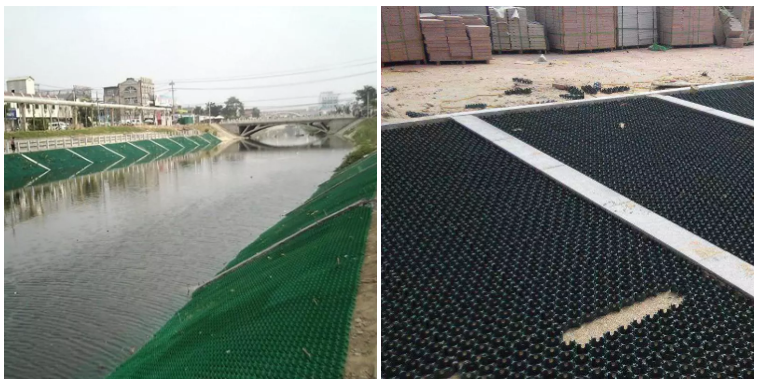Polypropylene biaxial geogrid is a type of geosynthetic material that is made from polypropylene, a type of plastic polymer. It is typically used in the construction of roads, retaining walls, and other earthworks projects to provide reinforcement and stability to soil and other materials. Biaxial geogrid is characterized by its two-dimensional structure, which consists of a series of interconnected grids that are oriented in two directions. This provides the material with a high degree of tensile strength and allows it to distribute loads evenly across a wide area. Polypropylene biaxial geogrid is often used in combination with other materials, such as soil, sand, or gravel, to provide additional support and stability. It is resistant to UV radiation, chemicals, and other environmental factors, making it a durable and long-lasting material for use in a variety of construction projects.

Biaxial geogrid specifications
Biaxial geogrid is a type of geosynthetic material that is characterized by its two-dimensional structure, which consists of a series of interconnected grids that are oriented in two directions. There are a number of specifications that are used to describe the properties of biaxial geogrid, including:
- Tensile strength: This is the maximum load that the geogrid can withstand before breaking. It is usually measured in pounds per square inch (psi) or kilopascals (kPa).
- Elongation: This is the percentage change in length that the geogrid undergoes when it is subjected to a tensile load.
- Modulus: This is a measure of the stiffness or elasticity of the geogrid, and is typically expressed in terms of pounds per square inch (psi) or kilopascals (kPa).
- Mesh size: This is the size of the openings or cells in the geogrid, and is usually expressed in inches or millimeters.
- Weight: This is the weight of the geogrid, and is typically expressed in pounds or kilograms per square yard or square meter.
- Temperature range: This is the range of temperatures at which the geogrid is stable and can be used.
- UV resistance: This refers to the ability of the geogrid to resist degradation due to exposure to UV radiation.
- Chemical resistance: This refers to the ability of the geogrid to resist degradation due to exposure to chemicals.
- Fire resistance: This refers to the ability of the geogrid to resist degradation due to fire.
Biaxial geogrid is available in a variety of materials, including polypropylene, polyethylene, and other synthetic polymers. The specific specifications of a particular biaxial geogrid will depend on the material used and the specific application for which it is intended.
